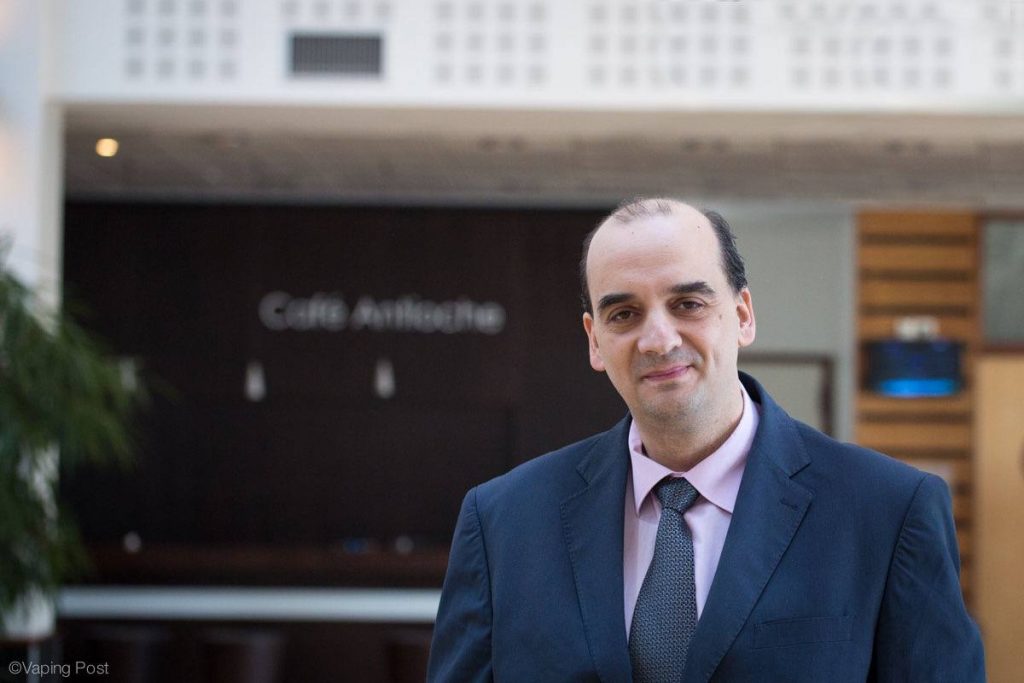PANAMA CITY–Healthcare professionals should study the difference between nicotine and smoke to effectively address the needs of adult smokers, tobacco harm reduction advocates said.
“Some doctors believe smoking is better than vaping because they do not understand the difference between combustion in cigarettes and aerosols in vapes. We need to educate doctors and provide them with the right information about vapes and other less harmful nicotine alternatives,” said Dr. Rohan Sequeira.

Dr. Sequeira, a cardio-metabolic physician at Sir JJ Hospital and medical director at St. Elizabeth Hospital Mumbai, said information about smoke-free nicotine alternatives is not available in the whole medical community.
Smoke-free alternatives like vapes, heated tobacco products (HTPs) and oral nicotine are considered forms of THR. These products do not burn tobacco nor generate smoke that produces thousands of harmful and potentially harmful chemicals, which cause smoking-related diseases.
Dr. Konstantinos Farsalinos, a cardiologist, public health expert, and external research fellow at the University of Patras and the University of West Attica in Greece, confirmed the high level of misinformation about THR and nicotine in the healthcare community.
“Many doctors do not understand that the harmful effects of the combustion in cigarettes are orders of magnitude greater than the minimal health risks of nicotine. We need to convince doctors about the science behind THR, as they are considered credible sources of health information by the general public,” said Dr. Farsalinos.
Dr. Lorenzo Mata Jr., a Filipino THR advocate and occupational medicine physician, concurs with Dr. Farsalinos and Prof. Dr. Sequeira on the need to educate medical professionals on THR.
“I call on THR advocates and other enlightened healthcare professionals in the Philippines to join forces in providing local physicians with the scientific facts about THR and how it can help millions of Filipinos quit smoking through less harmful nicotine alternatives,” said Dr. Mata, president of Quit for Good, a non-profit, non-stock organization promoting harm reduction as a compassionate strategy to mitigate the damage to human health and society brought about by cigarettes and other combustible tobacco products.
THR is a public health strategy that aims to provide safer alternatives to reduce harm caused by smoking and to provide nicotine to people who cannot or do not want to quit smoking by themselves. It encompasses a range of pragmatic policies, regulations, and actions that either reduce health risks by providing safer forms of products or substances or encourage less risky behaviors.
THR does not focus exclusively on the eradication of products or behaviors. By making safer nicotine products available, THR offers new choices to millions of people worldwide who want to switch away from smoking, but have been unable to with the options previously available.
“As respected medical experts and credible sources of health information, doctors play an important role in helping people quit smoking,” Dr. Mata said.
“They can provide convincing advice for patients to quit smoking, offer brief counseling, prescribe smoking cessation medications, connect them to additional quit smoking resources, and follow up with continued support to help prevent relapse,” he said.
A recent survey found that misinformation about vaping is widespread, and many consumers and doctors mistakenly believe that nicotine causes smoking-related illnesses.
“This misinformation prevents many smokers from switching to vaping, and prevents doctors from recommending it to smokers, which has detrimental effects on public health,” Dr. Mata said.



